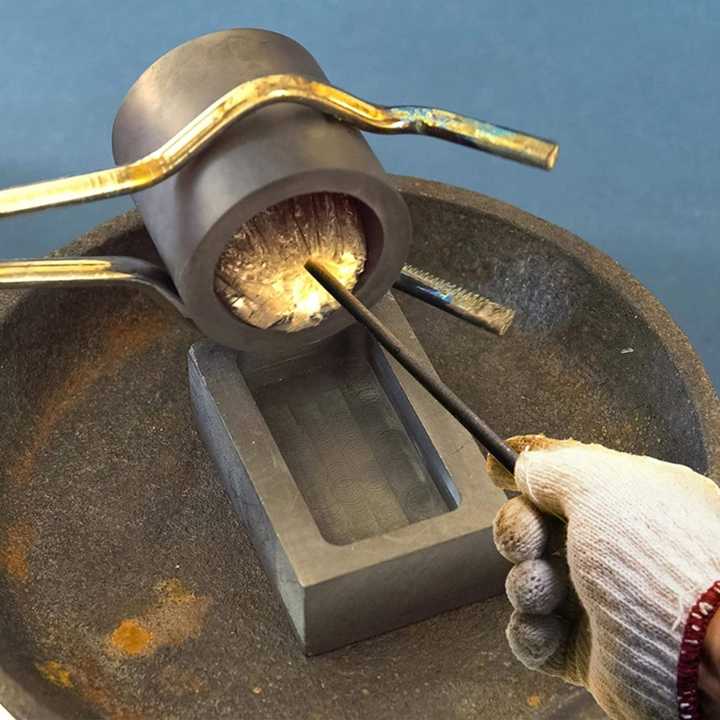The Process of Gold Refining

Gold refining is a critical process in the production of pure gold, which is highly valued for its beauty and utility in various industries. The process involves several steps to remove impurities and achieve the desired level of purity. Here is an overview of the gold refining process.
1. Mining and Extraction
Gold refining begins with the extraction of gold ore from the earth. This is done through mining, where gold-bearing rocks are excavated. The extracted ore contains not only gold but also other metals and impurities. The gold must be separated from these materials to achieve a pure product.
2. Crushing and Milling
Once the ore is mined, it is crushed and ground into fine particles in a milling process. This increases the surface area of the ore, making it easier to extract the gold during the subsequent chemical treatment. The finely ground ore is then subjected to various chemical processes to isolate the gold.
3. Chemical Treatment
The next step involves using chemical agents to dissolve the gold and separate it from the other materials. There are several methods used in this stage:
- Cyanidation: The most common method, where a cyanide solution is used to dissolve the gold from the ore. The solution, now containing the dissolved gold, is separated and treated to recover the gold.
- Aqua Regia Process: A mixture of nitric acid and hydrochloric acid, known as aqua regia, is used to dissolve gold. This process is typically used for refining small amounts of high-purity gold.
- Electrolysis: In this process, impure gold is used as the anode in an electrolytic cell. As an electric current is passed through the cell, pure gold is deposited at the cathode, while impurities remain in the electrolyte solution.
4. Melting and Casting
After the chemical treatment, the gold is melted at high temperatures to remove any remaining impurities. The molten gold is then poured into molds to form bars or ingots, which are known as gold bullion. These bars can be further processed or sold in their current form.
5. Final Purification
For gold to be used in certain industries, such as electronics or jewelry, it must be of very high purity, typically 99.99%. The final purification process, known as the “Wohlwill process,” uses electrolysis to achieve this level of purity. The gold is dissolved in a chloric solution, and through electrolysis, ultra-pure gold is deposited onto a cathode, leaving behind any remaining impurities.
6. Quality Control and Assaying
Before the gold is sold or used, it undergoes a process called assaying, where its purity is tested. Assayers use various techniques to ensure the gold meets the required standards. This quality control step is crucial in maintaining the value and integrity of the refined gold.
Gold refining is a complex and meticulous process that transforms raw ore into pure, valuable metal. Each stage, from mining to final purification, is carefully managed to ensure the highest quality product. This refined gold is then used in various applications, from jewelry to electronics, contributing to its ongoing demand and significance in the global economy.

